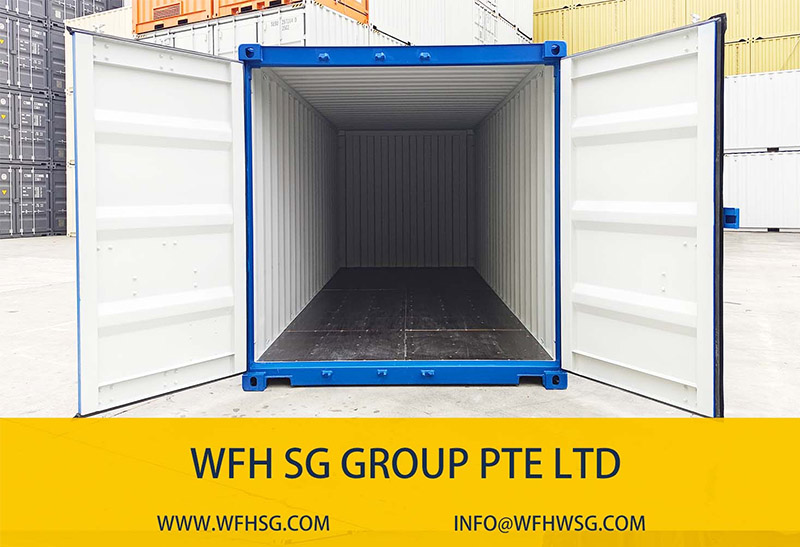2024/06/23
Despite their inherent value and durability, shipping containers are susceptible to humidity and condensation. When the internal air of a container becomes significantly warmer than the cooler metal side walls, condensation forms on the outer surfaces and ceiling. Fortunately, this issue is both easy to eliminate and even easier to prevent.

6 Methods to Minimize Moisture in Shipping Containers
Waterproofing: Ensure the container is thoroughly sealed and waterproofed. Repair any damaged or rusty areas to prevent water ingress.
Use Desiccants: Desiccants are highly effective in absorbing moisture from the air. Place moisture-absorbing desiccant packets or bags inside the container.
Ventilation: Proper ventilation is crucial as it expels warm, moist air and draws in cool, dry air. Install vents within the container to facilitate air circulation.
Dehumidifiers: Consider using electric dehumidifiers specifically designed for shipping containers. These devices regulate humidity levels by extracting moisture from the air, particularly useful in humid climates or during prolonged transit.
Insulation: Adequate insulation helps maintain a stable internal temperature, thereby reducing the likelihood of moisture accumulation.
Monitoring: Regularly monitor the humidity levels within the container and periodically open the doors for air circulation to catch moisture buildup at its inception.
Implementing these straightforward measures can significantly minimize humidity levels and mitigate the risk of damage to your valuable items stored in a conex box.